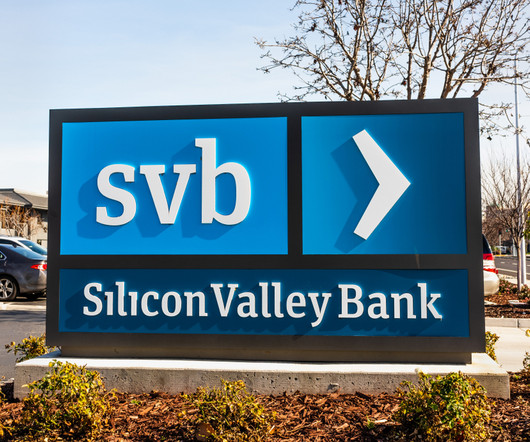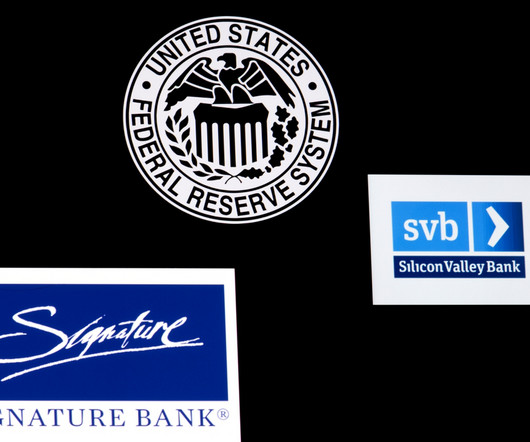Silicon Valley Bank Failure – Lessons in Interest Rate Risk Management
South State Correspondent
MARCH 13, 2023
While we will cover the general lessons HERE , in this article, we wanted to focus on the root cause – how and why interest rate risk caused the second-largest bank failure in US history (Washington Mutual was the largest in 2008). Equally important is the bank’s securities duration, as shown in the graph below.













Let's personalize your content